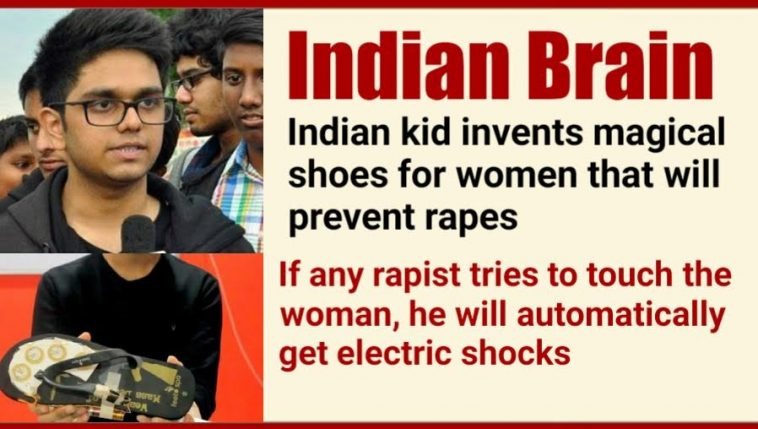No products in the cart.
Muslim girls go through Khatna, their private parts are cut off, activists oppose this practice
Indian society takes pride in being an egalitarian and friendly society towards women, where women are respected, empowered, and granted their rights and freedoms just like men.
However, despite this, there are still several social and cultural practices prevailing in India that continue to cause immense pain and harm to women’s dignity.
Female Genital Mutilation (FGM), also known as circumcision in the Bohra Muslim community, is one such practice that is carried out in India without any legal prohibition. The United Nations has declared FGM a violation of human rights, yet there is no law in India that bans this practice. Many people are unaware of this tradition.
Masooma Ranalvi, who has personally experienced the practice of FGM during her childhood, shares that when she was 7 years old, her grandmother took her outside under the pretext of taking her for a walk and giving her chocolates.
Her grandmother led her into a room where an elderly woman was already present. Then, using a blade or a knife, they performed a cutting procedure that caused her immense pain, which no one can estimate. Masooma felt angry at her grandmother but couldn’t understand what had happened to her. She explains that this practice happens to all girls, and she couldn’t comprehend it.
What is FGM?
FGM is an ancient practice that has been prevalent for many years. In this practice, the upper part of a girl’s genitalia is cut using a blade or a knife. This process is carried out on girls aged between 5 and 7 years. According to Masooma Ranalvi, when a girl is 7 years old, a part of her genitalia called the clitoral hood, is cut off.
The clitoris is part of a woman’s body that is responsible for sexual pleasure. It is the only part of a women’s body through which she can experience sexual pleasure. Denying sexual pleasure to women is the main reason for carrying out this practice so that women remain happy in their married lives, do not commit adultery, and do not engage in relationships with men other than their husbands.
FGM has four main types:
Type 1 (Clitoridectomy): In this type, the clitoral hood is removed.
Type 2 (Excision): Here, the clitoris and part of the labia minora are cut.
Type 3 (Infibulation): This type is the most dangerous, where the labia minora are cut and the vagina is stitched together, leaving a small opening.
Type 4 (Other): This type involves burning the body parts using cauterization and applying tattoos to restrict the vagina.
you can imagine how painful it would be if a blade were used to cut their genital area. In our society, some people are in favor of FGM or circumcision. It is essential to understand their perspectives as well. According to Samina Kanchwala, circumcision is a basic religious practice in Islam. It is a process that takes a few minutes. Essentially, it is an act of purification, and purification is a major pillar of Islam. It holds significant spiritual purity. Just as offering prayers (namaz) is essential, this practice is also considered important.








